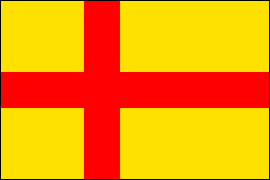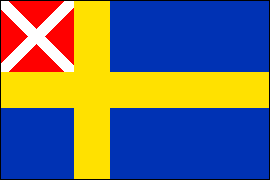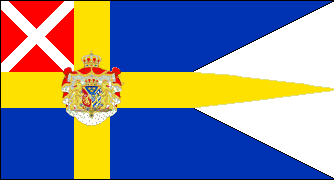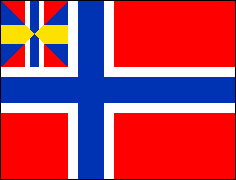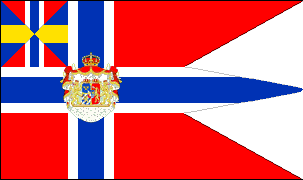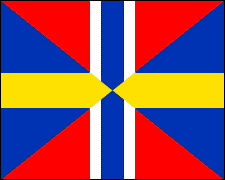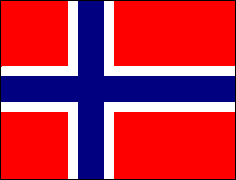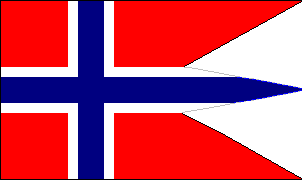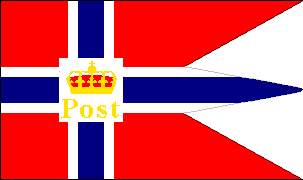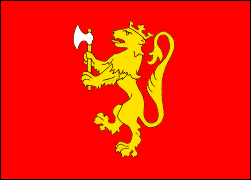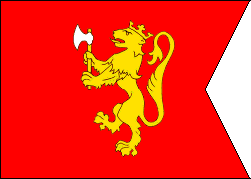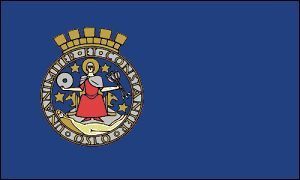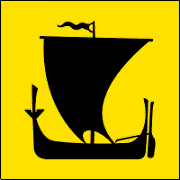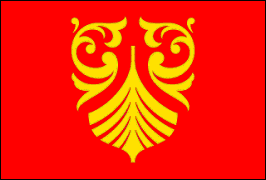KINGDOM OF NORWAY
NATIONAL & REGIONAL FLAGS • FIFTEENTH CENTURY TO THE PRESENT
The history of the Norwegian flag is closely bound up with the nation's long struggle to achieve independence. From 1397 to 1523 Norway was part of the Kalmar Union and from 1536 to 1814 was united with Denmark in a "personal union," the two countries sharing the same monarch. Norway retained some separate institutions including its own army, but political power was largely concentrated in the hands of the Danish king. In 1814, however, the powers victorious over Napoleonic France forced Denmark, a French ally, to cede Norway to Sweden—this to compensate the latter for its loss to Russia of Finland. But Norway proclaimed its independence and a brief war with Sweden ensued. Ultimately the Norwegians accepted a personal union with Sweden, retaining its separate constitution and electing Charles XIII of Sweden as King of Norway. The new entity was officially titled the United Kingdoms of Sweden and Norway. Up to the 1860s the personal union proved reasonably popular but thereafter the growth of nationalist sentiment and the associated tensions between Norway and Sweden gradually undermined it. One sign of these tensions was the fight for a Norwegian flag symbolizing the nation's separate and distinct status—an ambition finally realized in 1898-99.
The personal union between Sweden and Norway came to a peaceful end in 1905, the Swedish king and government concluding that it could not be maintained by force. After some talk of proclaiming the country a republic, the crown of now-independent Norway was offered to Prince Carl of Denmark. After being elected by the Norwegian parliament and receiving approval in a national plebiscite, Carl accepted the crown, taking the traditional Norwegian name Haakon. He styled himself Haakon VII, in succession to Haakon VI, a fourteenth-century Norwegian king who had both Swedish and Danish connections.
See also The Scandinavian Cross and Flags of Sweden
